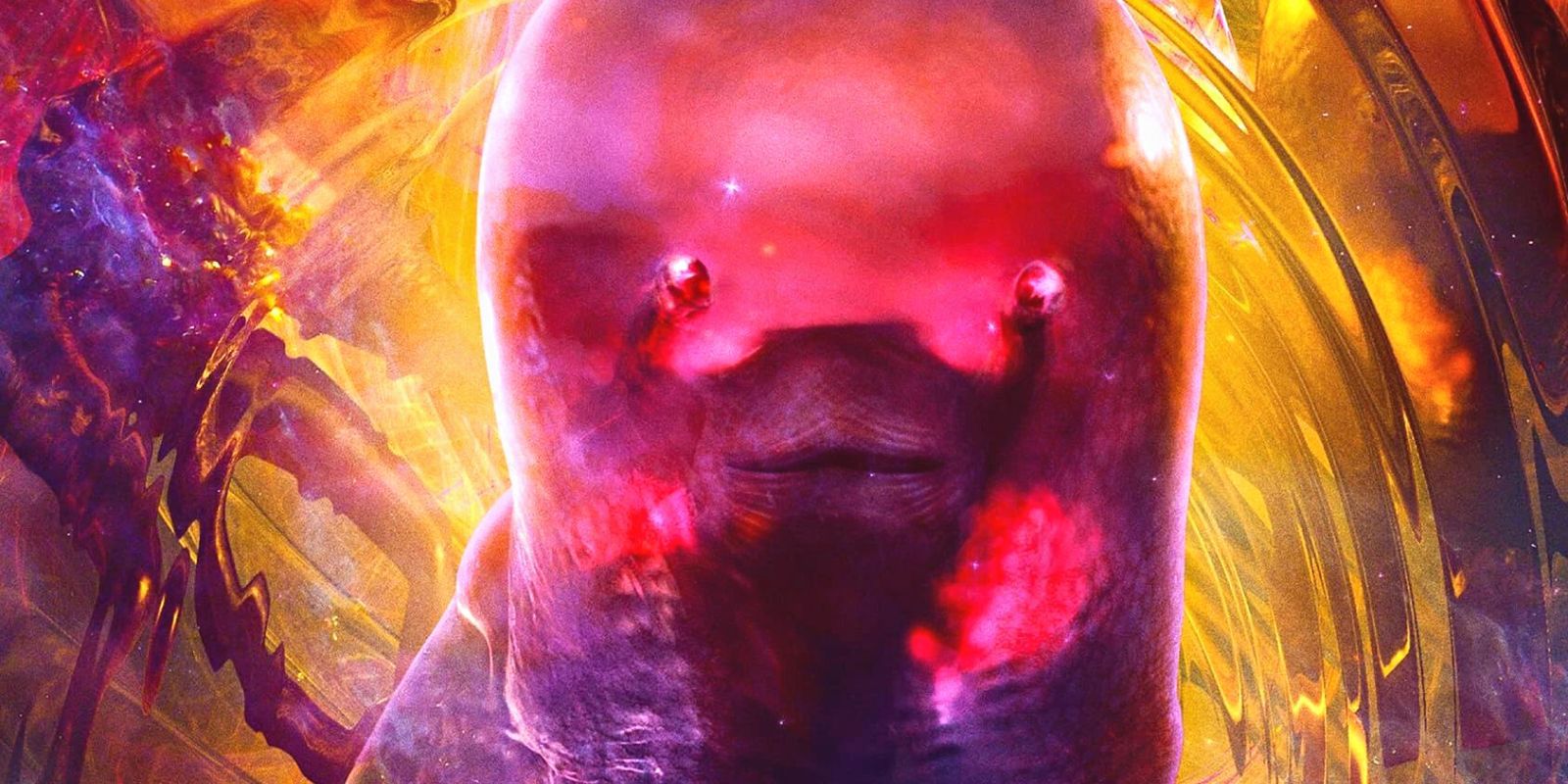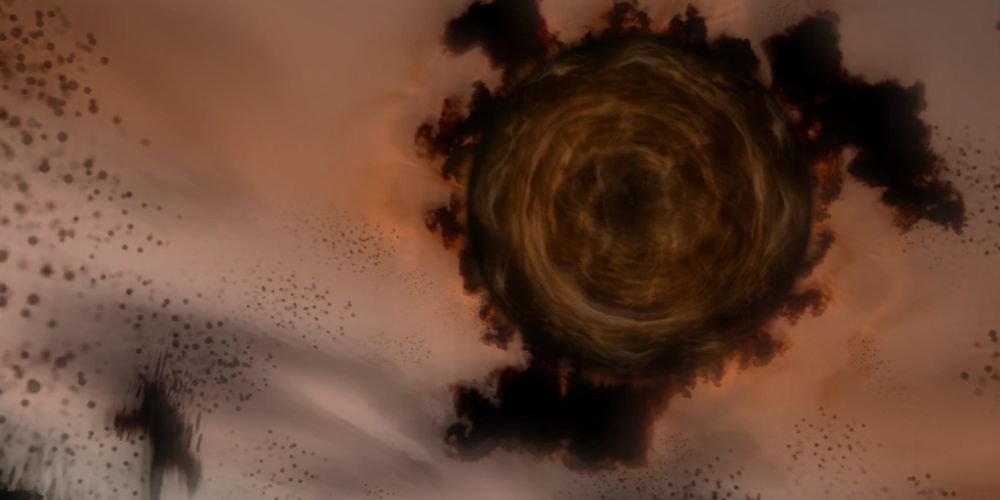Ant-Man: Quantumania delves into some of the deeper aspects of Ant-Man lore — namely, the Quantum Realm. Ant-Man set up the pieces establishing this place as immensely dangerous and a point of no return for size-changing heroes. Ant-Man and The Wasp revealed that Janet VanDyne survived her trip there and was still awaiting rescue. Unfortunately, there’s no way the Quantum Realm could exist as shown — and even if there were, any visit there would be catastrophic to everyone involved.
James Kakalios, physicist and author of The Physics of Superheroes, coined a phrase when discussing superpowers: the one-time miracle exemption. In essence, he says that if writers allow for the breaking of physics for one instance to allow for the power, how would that power interact with the world? This concept serves to ground comic book abilities in the real world to make them more impactful. Even with this exemption, however, Ant-Man’s powers and subatomic travel fly in the face of everything researchers know about the science of the small, possibly contributing to why Quantumania disappointed fans.
Why It Would Be Impossible to Visit Ant-Man’s Quantum Realm
Superpowers, by their very nature, have to break physics, but there still need to be rules so that they make sense and limitations to keep them from feeling like a deus ex machina. Mjolnir can only be lifted by those who are “worthy;” Moon Knight’s strength waxes and wanes with the phases of the moon; even Doctor Strange’s spells often have rings, books or physical objects attached to them. In comparison, the explanation offered for Ant-Man’s power set is spotty at best.
The first Ant-Man film introduces Pym Particles, which can change the size of an object by changing the space between its atoms. This is necessary to keep from violating the law of conservation of mass, but it’s also the downfall of any attempt to make Ant-Man’s powers not feel like magic. When an object keeps all its mass but just gets smaller, it would be impossible for that object to “go subatomic,” as the movie states. Smash an atom as small as it can get, and it’s still the size of an atom. All that’s changed is the thing’s density — and that changing density will become really important later.
Why the Quantum Realm in Ant-Man Couldn’t Exist in the First Place
Assuming that issue gets dismissed, the reality of what would actually be down there in this Quantum Realm needs to be addressed. Ant-Man: Quantumania depicts an exotic world full of lush forests, floating islands and innumerable living things, many of which are sentient. This is the second place where the movie gets it wrong.
Sentience is a sticky topic for scientists and philosophers alike, but most can agree that in order for a being to be sentient, it has to be able to think. Thought as currently understood by neurologists is, at its simplest level, a series of electrical impulses traveling through pathways in the brain. This is similar to electricity coursing through a computer.
Electricity isn’t just a mysterious energy or force; it’s actually matter. Specifically, it’s streams of electrons moving through space. The Quantum Realm is smaller than an electron, so no electricity could exist there — no electricity, no thought, and no sentient creatures. Since every form of life currently known or speculated needs electricity to live at all, nothing scientists consider to be alive would be there either.
If the Quantum Realm Could Exist, It Doesn’t Anymore
This is a superhero movie, so a certain amount of scientific handwaving is to be expected. Even if one assumes that the Quantum Realm could exist and conscious beings could live there, Ant-Man: Quantumania‘s trip to the Quantum Realm still couldn’t happen. The reason has to do with how Pym Particles work. The particles reduce the volume of an object but maintain its mass, which means it increases in density. This already causes problems with the film’s depictions of shrinking cars and buildings, but reducing the volume of an average human to subatomic levels would be disastrous.
There’s only one event in the known universe that can cause density to change to such an extreme degree: a supernova. When a star reaches a certain mass, its own gravity causes it to compress to the point where every atom smashes together in a gigantic fusion reaction. The resulting explosion is so powerful that no living thing within multiple light years can survive it. Most famously, the result of a supernova is the all-consuming might of a Black Hole.
Typically, the intense gravity of a Red Supergiant star is the only thing that can cause the kind of compression that can create black holes. If, however, Pym Particles behave as Ant-Man describes, they would allow any object to become dense enough to do it. The first time Janet Van Dyne shrank down to the Quantum Realm, every molecule in her body would compress and go supernova. The resulting release of energy would annihilate not just every living creature but also any physical object near her. Anything not destroyed in the initial blast would be drawn into the event horizon, stretched into infinitely long noodles of quarks and gluons.
The Real-Life Quantum Realm Is Way More Terrifying Than in Ant-Man
While the concept of microscopic black holes may seem far-fetched, that would actually be more realistic than anything appearing in the Ant-Man movies. Physicists theorize that they’re not only possible but common. Not only that, but these Micro Black Holes would make up the bulk of the Quantum Realm.
In the modern universe, the only places dense enough to create black holes are supernovae. However, in the moments after the Big Bang, the universe was hot, dense and rich with energy. Astrophysicists theorize that clumps of matter were compressed into black holes much smaller than the size of stars. These primordial black holes, also called Planck Relics, would decay and grow smaller over eons until eventually settling into a stable state roughly one millionth the size of a proton. These micro black holes are the reigning theory explaining dark matter in the universe — the name given to the 70% of mass in the universe that scientists are unable to detect.
Of course, for these to account for that much mass, there would need to be billions upon billions of them firing through the universe all the time. If the models are correct, the only thing beaming onto the planet more often would be photons from the sun. These infinitesimal black holes are far too small to do any damage to creatures the size of humans. However, for any living things residing in Ant-Man‘s Quantum Realm, these singularities would fly by every few seconds, constantly shredding everything to the smallest base particles.
Nothing could possibly live at a scale smaller than an atom, and if they could, Ant-Man could never visit there — and even if he could, he’d kill everyone as soon as he did so. However, none of that matters because all that would really be there is a plane of existence made up entirely of black holes. Sometimes, the real science really is more interesting than fiction.





